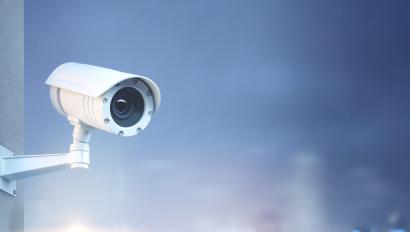5 Ways to Optimize Your CCTV's Value in 2024
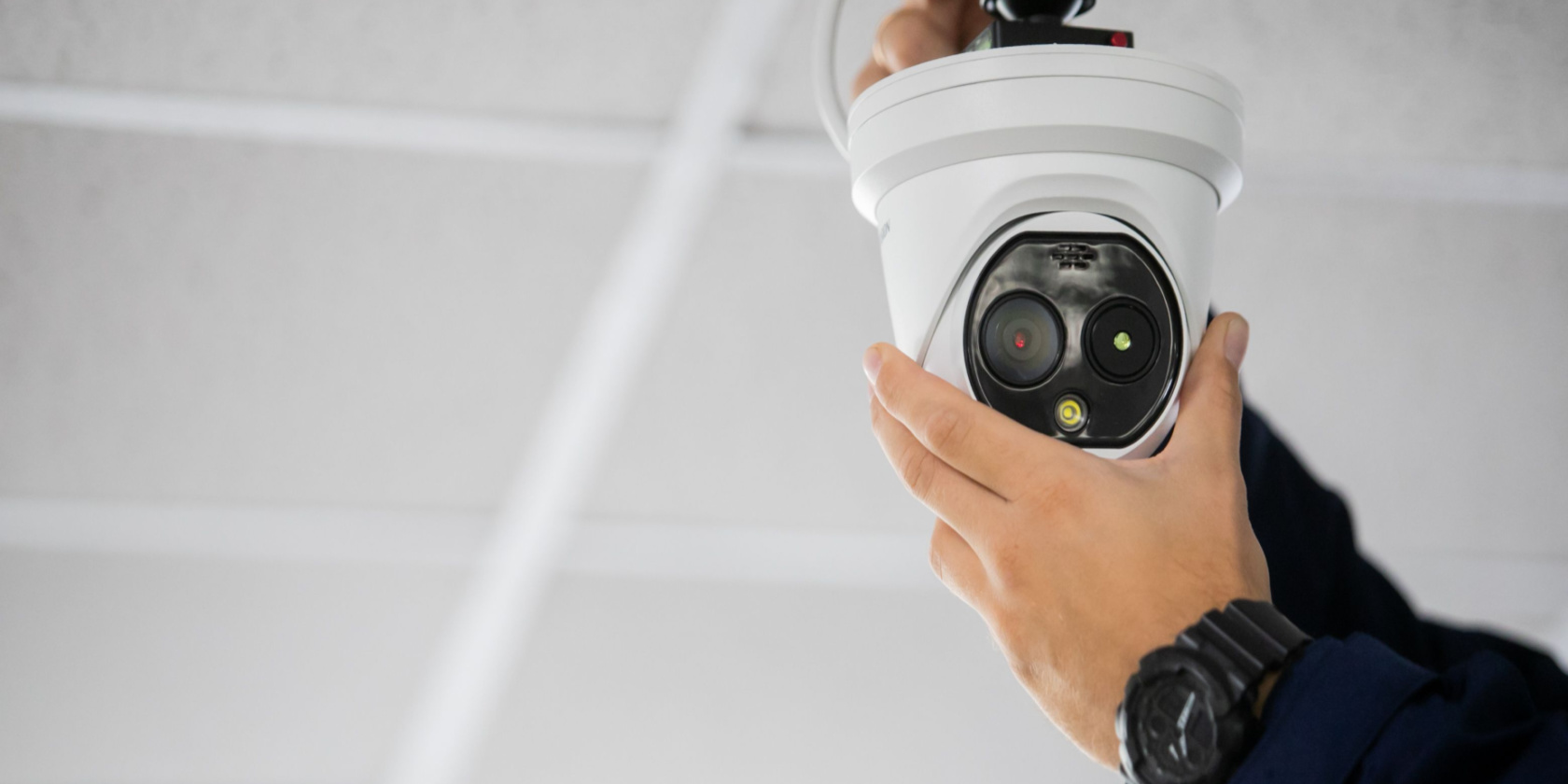
CCTV systems play a vital role in helping to secure organisations, protecting workers, and safeguarding vital assets. Along with Intruder Alarm systems and Fire Detection, CCTV is fundamental to business security and safety. The technology has evolved dramatically, but perhaps, what’s more pertinent is the change in how CCTV systems are utilised nowadays.
In this article, we’ll explain the steps you need to take to optimise your business security with CCTV. We’ll also discuss some of the ways businesses are maximising the potential value of their CCTV systems in 2024.
We’ll cover:
- What are CCTV systems and what do they do exactly?
- Ensuring your CCTV system is a viable solution for today’s security challenges
- How to utilise the cloud for video surveillance
- How monitored CCTV systems can be more effective
- How to get started in optimising your business security with CCTV today
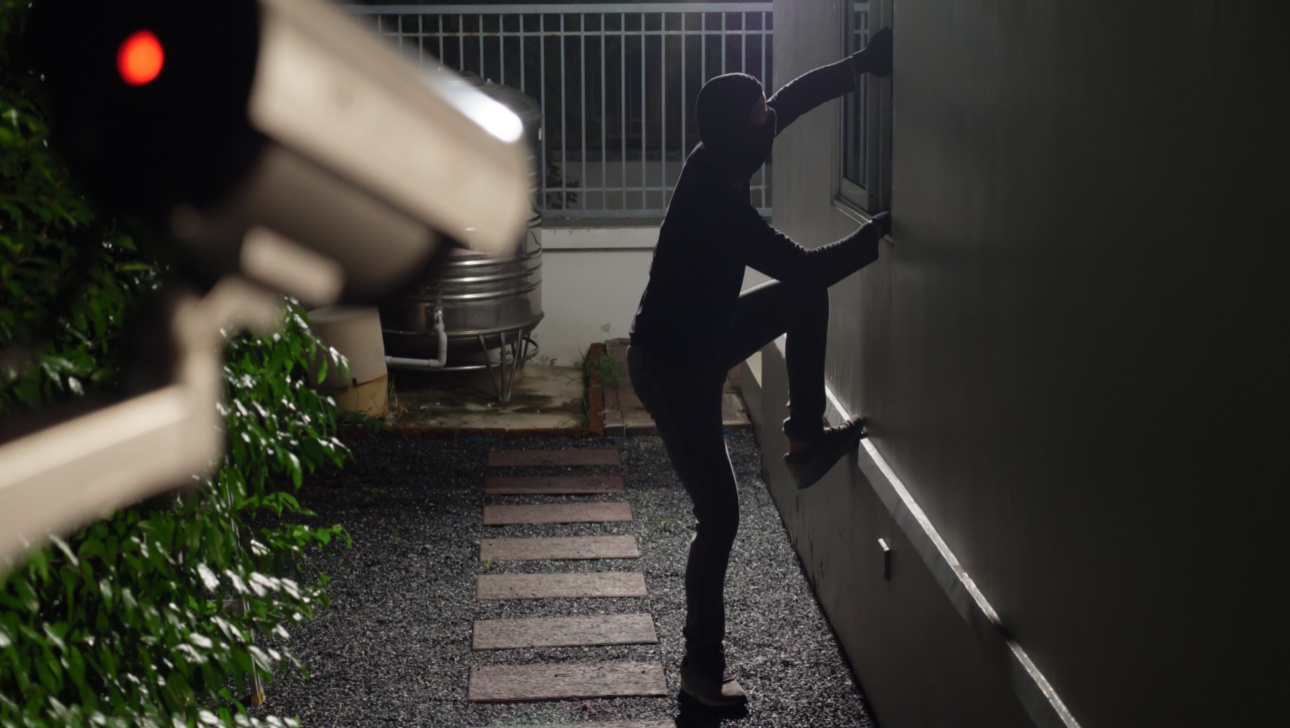
What are CCTV systems and what do they do exactly?
CCTV & Video Surveillance systems use video cameras and video recording equipment to monitor what’s happening in your business. This was once reserved for businesses due to the complexity and costs involved in installations.
Nowadays the technology has advanced so that CCTV systems are accessible to both homeowners and businesses alike. The residential sector is driving growth in CCTV adoption in Ireland, with increasing demand for home security systems. Commercial and industrial applications remain significant drivers of CCTV usage, particularly in sectors like retail, hospitality, and logistics.
What is a CCTV system?
Without getting into too much technical detail, CCTV and Video Surveillance can be simply explained. A CCTV system (Closed-circuit television) needs:
- Cameras: CCTV systems to capture what is happening in a room or area on a premise, or even across multiple premises.
- Recording Devices: Somewhere to send signals and footage to, this has traditionally been a video recorder on-site. Cloud technology is now widely used, making it possible to monitor and record CCTV footage even on our smartphones.
- Transmission Infrastructure: A way of connecting cameras and monitoring devices together to create a network. This used to require miles of cables being installed on some commercial and industrial sites, but wireless communication is now an option, using Internet Protocols (IP).
CCTV systems are generally used by security professionals working on-site or even remotely, but any keyholder or any person responsible for business security and safety could be in charge of monitoring and managing a CCTV system.
“Why would my business need a CCTV system?”
This is a very important question to ask and one we’ll hopefully help to answer with this article. CCTV systems used to be designed to fulfill three key roles:
- Enhanced security and deterrence: CCTV systems can act as a visible deterrent to potential intruders and criminals, discouraging unauthorized access and property damage. Recorded footage can also serve as evidence in the event of a crime.
- Enhancing operational efficiency: CCTV systems can streamline operations by providing real-time visibility into employee activities, monitoring equipment usage, and tracking inventory levels.
- Remote monitoring and access: Cloud-based CCTV solutions enable remote monitoring and access to recorded footage, allowing businesses to maintain security and operational oversight from anywhere in the world.
With so many benefits to offer, CCTV systems are an invaluable tool for businesses of all sizes. By understanding your specific needs and budget, you can choose the right CCTV system to safeguard your premises, protect your employees, and optimize your operations.
Ensuring your CCTV system is a viable solution for today’s security challenges
The first step to optimising your CCTV system is to assess your business security in general. This is an important exercise to help understand what systems you currently have in place and the challenges your business is facing.
At Securitas Technology, one of our friendly experts will be happy to conduct an audit with you, so you can benefit from their experience, knowledge, and advice.
If you already have a security system installed
Security challenges are constantly evolving, and it is important to ensure your business is protected against new risks. Just as your business must adapt to new and unexpected challenges, your commercial security solutions must also evolve.
Here are some crucial considerations for optimizing your existing security system with CCTV:
1) Security incident patterns:
- If you notice a surge in security incidents like break-ins or employee theft, it could indicate shortcomings in your current security solution.
- Identify the locations where these incidents occur and analyze how they could be prevented.
- For instance, manufacturing or logistics businesses experiencing a rise in break-ins through perimeter fences at night can utilize thermal cameras to detect intruders and raise alarms.
2) Gaps in security protection:
- If you have installed a security solution but are still experiencing the same security challenges, your existing system may not be adequately protecting your business.
- For example, if you have an intruder alarm system but still encounter break-ins or vandalism, adding CCTV cameras could deter criminals and capture incidents on camera.
3) System malfunctions:
- Frequent false alarms and system malfunctions could signify that your existing system is outdated and needs to be upgraded.
- Modern security systems are designed for connectivity and integration, offering enhanced capabilities compared to single-purpose systems like on-site CCTV or intruder alarms.
4) Business growth and operational needs:
- As your business expands, your security needs may become more complex and require additional coverage.
- For instance, scaling to a larger office or warehouse may necessitate more cameras or a CCTV system to monitor multiple sites.
- Managing a growing business can be challenging enough without gaps in security protection.
5) Changes in the business environment:
- Monitor changes in your business location and surroundings.
- If your business is in a developing area with increased foot traffic, consider expanding your CCTV coverage to deter potential threats.
6) Operational challenges:
- Factor in operational challenges when selecting a CCTV system.
- For example, CCTV cameras with ANPR (Automatic Number Plate Recognition) can be integrated with vehicle access control systems, streamlining logistics operations or car parking management by reducing queues and optimizing traffic flow.
If you don’t yet have business security systems installed
f your business still lacks a comprehensive security solution, here's a guide to getting started:
- Conduct a thorough risk assessment: Identify potential security threats and vulnerabilities specific to your business.
- Define clear security goals: Determine what you want to achieve with your security system, whether it's deterring crime, enhancing safety, or improving operational efficiency.
- Evaluate security solutions: Research and assess various security options, including CCTV, intruder alarms, access control systems, and monitoring services.
- Seek professional installation: Consult with experienced security professionals to ensure proper installation, configuration, and maintenance of your security system.
Also, Here’s a helpful guide on getting started with business security, which includes some of the key steps you need to make in planning and implementing the right security solutions.
Now you know how the sorts of questions you should be asking to ensure which CCTV systems will be most viable to your business, whether you’re looking to upgrade an existing system or starting from scratch. Next, we can discuss some of the ways businesses are already optimising their CCTV systems and maximising their value.
How to utilise the cloud for video surveillance
Cloud-based CCTV & Video Surveillance refers specifically to what happens to the footage captured by CCTV cameras. Traditionally, it would need to be sent to a video recording system (VR) on site and recorded either digitally or even on tape.
As has become the way for so many things, it can be far more effective and efficient to send this data to the cloud where it can be stored, managed, and monitored online. The obvious benefit to this is that once the recorded or live footage is online, it can be viewed from anywhere, even from a smartphone. That way, if an intruder is caught on camera entering a building, the owner could be notified and reviewed the footage right away.
Here are some additional advantages over traditional on-premises systems:
-
Cost-effectiveness: Cloud-based systems typically have lower upfront costs than on-premises systems, as businesses do not need to purchase and maintain their own hardware and software.
-
24/7 Visibility: But there are other layers of benefits to businesses from cloud-based CCTV & Video Surveillance. Business leaders can gain visibility into what’s happening whenever and wherever they are. This can be useful not just in the goal of crime prevention but also in identifying key trends too.
-
Footage Safety: One of the big benefits is that footage is secure of-site. With a typical on-premises DVR/NVR, a thief could steal the recorder and cameras that have SD storage, and all footage would be lost.
-
Automated video analytics: Cloud-based systems can be equipped with video analytics software that can automatically detect and alert businesses to suspicious activity, such as loitering, vandalism, or theft.
-
Collaboration and sharing: Cloud-based systems allow businesses to share video footage with law enforcement, insurance companies, and other stakeholders, facilitating investigations and claims.
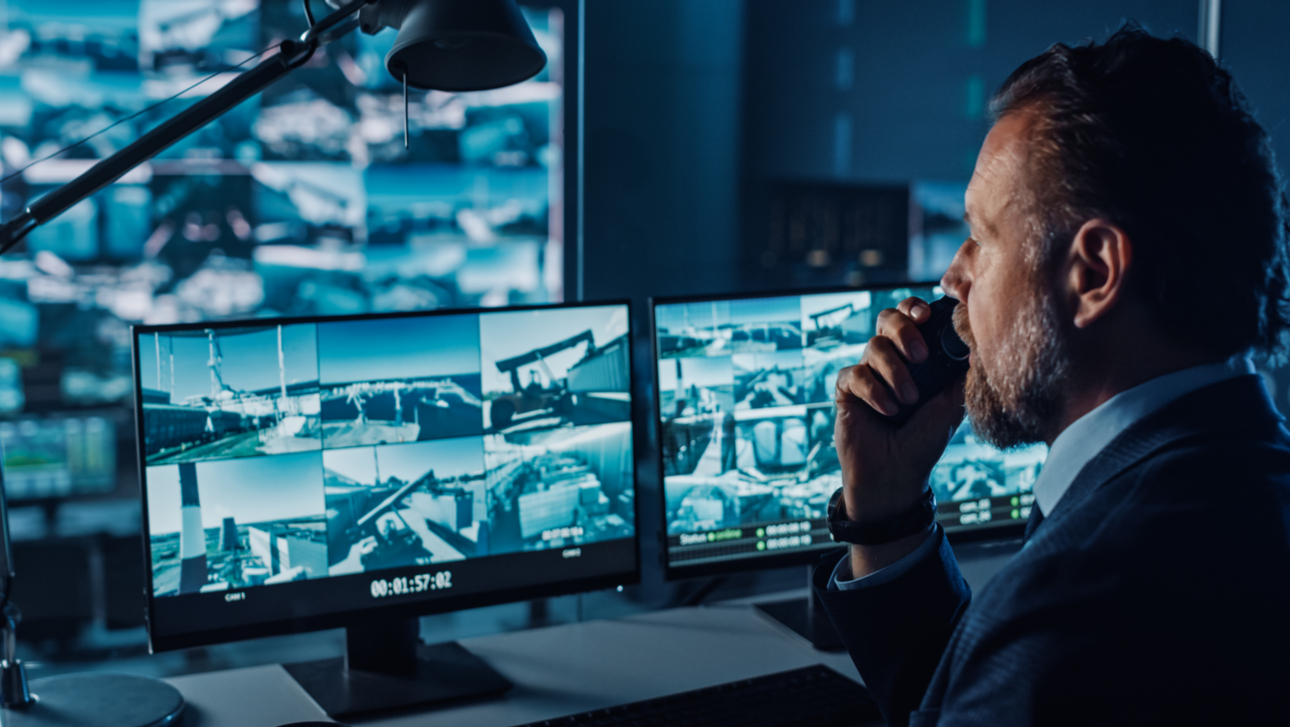
How monitored CCTV systems can be more effective
One of the best ways to get the most value from your CCTV system is to connect it to a professional alarm monitoring centre (ARC).
Professional security monitoring services can exponentially enhance your business security, helping to improve security coverage. Once your CCTV system is connected, your business can be covered 24/7 by teams of security operators who are on-hand to respond to triggered alarms, they can also visually verify threats to your premises using CCTV footage.
When an alarm is triggered, the CCTV system can send a short video clip to the ARC for the operator to review. This enables them to identify any potential threats, and take the necessary action as required. Not only is this a quick and efficient solution for responding to alarms, it’s also safer than keyholders or on-site guards investigating the event themselves. Audio Talkdown can even enable remote operators to communicate with an intruder to try to warn them away.
CCTV monitoring has applications beyond alarm response though, as other professional remote security services can be utilised when you connect your CCTV system.
Safer Response and Audio Talkdown
Unlike on-site guards or keyholders who may need to physically enter the premises to investigate an alarm, remote security operators can assess the situation remotely and safely. In some cases, they may even be able to deter intruders using audio talkdown capabilities.
Remote Guard Tours and Access Control
In addition to alarm response, monitored CCTV systems can also support other remote security services, such as:
-
Virtual Guard Tours: Remote operators can conduct virtual guard tours using your CCTV cameras, providing ongoing monitoring and surveillance during off-peak hours or when physical guards are not present.
-
Remote Access Control: Remote operators can manage access control systems and approve or deny entry requests for individuals or vehicles, ensuring controlled access to your premises.
Extending Your Security Team
By connecting your CCTV system to a monitored security service, you effectively extend your physical security team. This can significantly enhance your overall security posture, providing 24/7 monitoring, rapid response, and enhanced deterrence.
Optimizing Security Operations
Monitored security services can also help you optimize your security operations by:
-
Reducing False Alarms: Remote operators can quickly verify alarms and determine whether they are genuine threats, reducing the burden on on-site security personnel and minimizing disruption.
-
Providing Data-Driven Insights: ARCs can provide valuable data insights based on CCTV footage, allowing you to identify patterns, trends, and potential security risks.
-
Streamlining Incident Response: Remote operators can help streamline incident response by providing real-time information and assistance to on-site personnel.
As businesses increasingly seek to enhance security and optimize operations, monitored security services have emerged as a valuable tool. By connecting your CCTV system to a reliable ARC, you can gain 24/7 protection, rapid response, and data-driven insights, empowering you to make informed security decisions and safeguard your business assets.
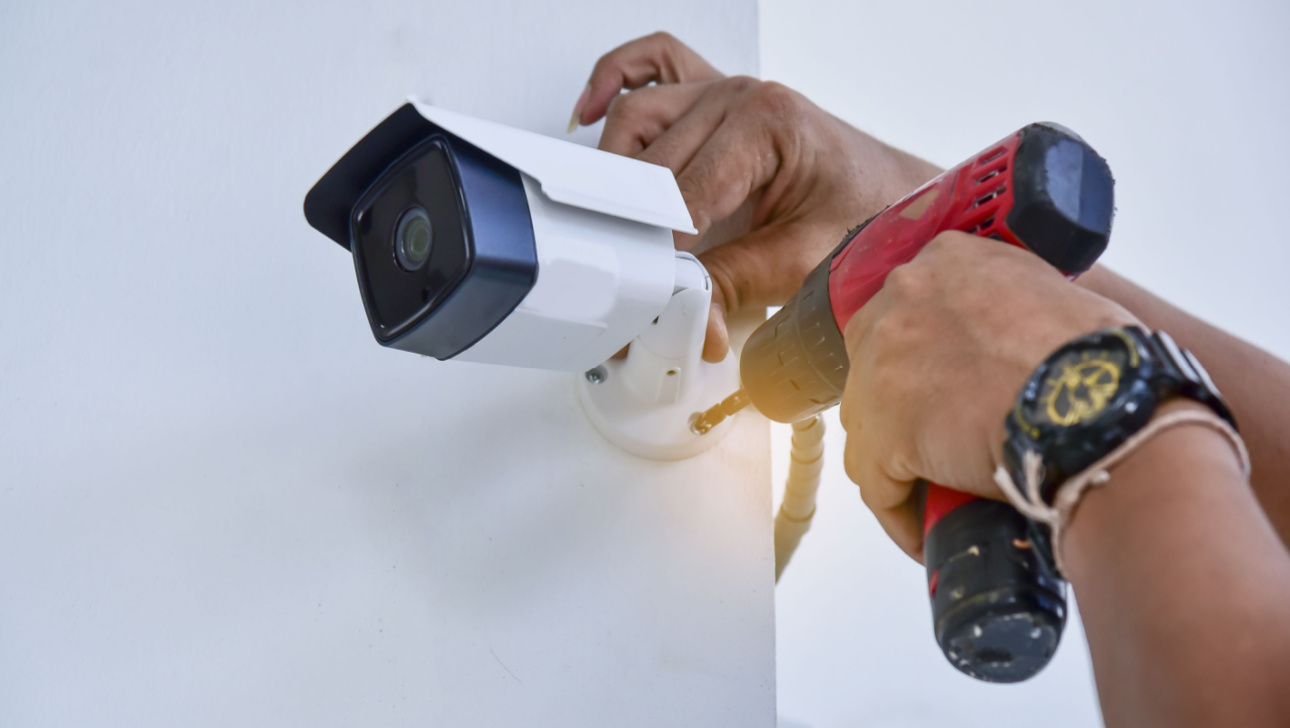
How to get started in optimising your business security with CCTV today
Step 1: Assess Your Current Security Landscape
Before embarking on any CCTV optimization efforts, it is crucial to conduct a thorough assessment of your current security environment. This involves identifying potential security risks, evaluating the effectiveness of your existing CCTV system, and understanding your specific security goals.
-
Identify Security Risks: Assess the potential threats your business faces, such as theft, vandalism, or unauthorized access. Consider the type of business you operate, the location of your premises, and the surrounding environment.
-
Evaluate Existing CCTV System: Assess the capabilities of your current CCTV system, including the number of cameras, their placement, and the quality of footage. Identify any areas where the system may be lacking or in need of improvement.
-
Define Security Goals: Clearly define your specific security goals for implementing CCTV. Are you aiming to deter crime, improve operational efficiency, or enhance compliance with industry regulations?
Step 2: Design an Integrated Security Solution
Modern security systems are designed for integration, allowing businesses to seamlessly connect CCTV with other security systems such as intruder alarms, access control, and fire detection systems. This integration provides a comprehensive view of your security environment and enables efficient management and monitoring.
-
Consider Cloud-Based Systems: Cloud-based CCTV systems offer several advantages over traditional on-premises systems, including scalability, cost-effectiveness, remote access, and enhanced security.
-
Incorporate Intelligent Video Analytics: Intelligent video analytics (IVA) software can automatically detect and alert you to suspicious activity, such as loitering, vandalism, or theft. This can significantly reduce false alarms and improve incident response times.
-
Leverage Data-Driven Insights: Utilize CCTV footage to gain valuable data insights, such as identifying patterns, trends, and potential security risks. This data can inform your security decision-making and optimize your security strategy.
Step 3: Implement Professional Installation and Monitoring
For maximum effectiveness, seek professional assistance in installing and configuring your CCTV system. Experienced security experts can ensure that the system is properly integrated with other security systems and meets your specific needs.
-
Professional Installation: Professional installers have the expertise to properly position cameras, optimize video quality, and ensure the system is compliant with industry regulations.
-
Monitored CCTV Services: Consider implementing monitored CCTV services, which provide 24/7 monitoring by trained security operators. This can significantly enhance your security posture and provide rapid response to threats.
Step 4: Continuously Monitor and Review
CCTV systems are not static; they should adapt to evolving security needs and business operations. Regularly monitor your system's performance, review footage, and identify areas for improvement.
-
Evaluate System Performance: Monitor the effectiveness of your CCTV system in deterring crime, improving operational efficiency, and meeting your security goals.
-
Review Footage Regularly: Review CCTV footage regularly to identify trends, patterns, and potential security concerns. Use this data to refine your security strategy.
-
Stay Updated with Technology: Keep abreast of the latest CCTV technology advancements to ensure your system remains effective and aligned with your evolving security needs.
By following these steps, you can effectively optimize your business security with CCTV, deterring threats, enhancing operational efficiency, and protecting your assets from harm.
Ready to elevate your business security?
Our Experts are here to Help.

